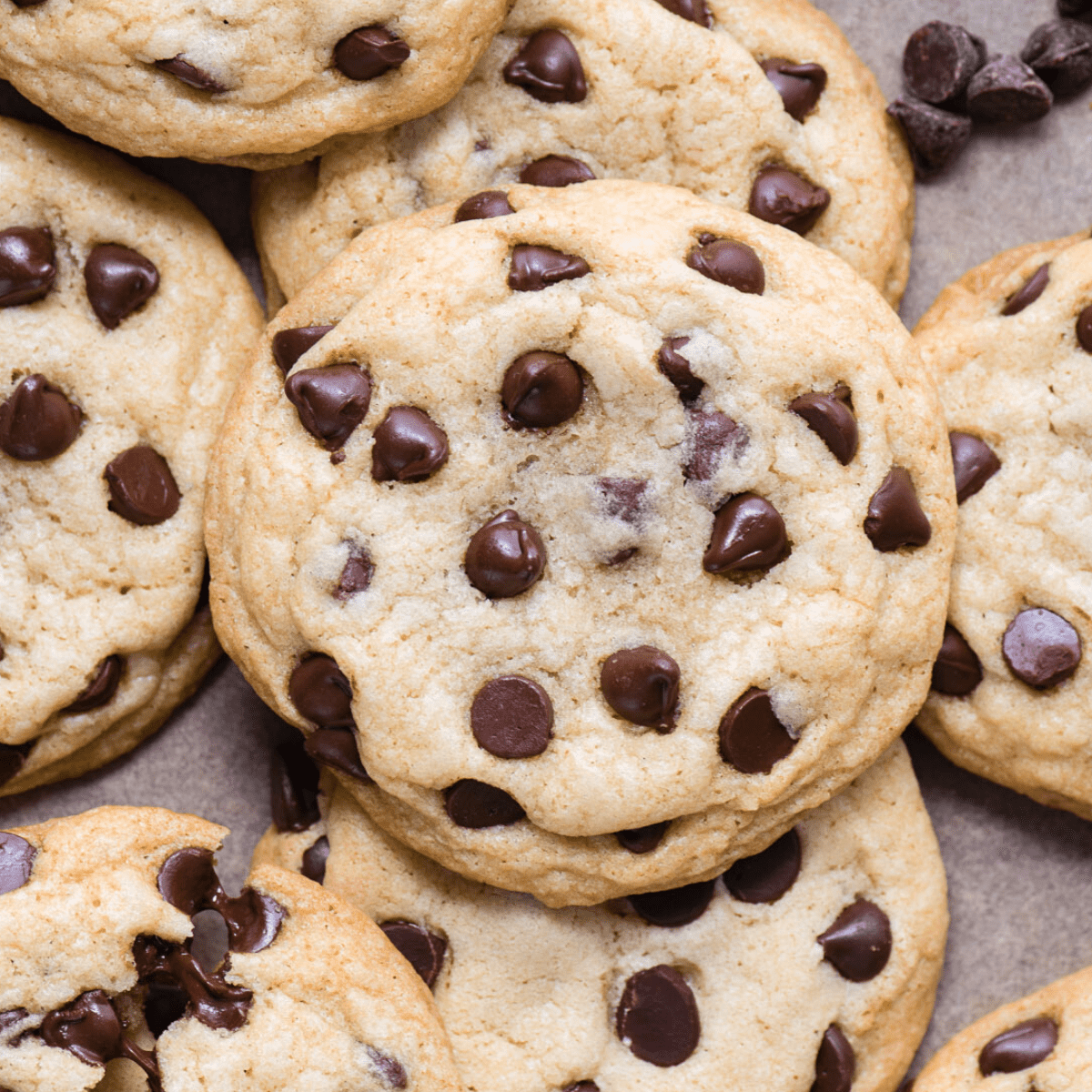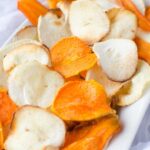Craving delicious cookies but facing dietary restrictions? Baking gluten-free, egg-free, and nut-free cookies might seem daunting, but it’s surprisingly achievable! This guide unveils the secrets to creating delightful treats without compromising on taste or texture. We’ll explore various flour alternatives, effective egg replacements, and share three unique nut-free cookie recipes, guiding you through each step with detailed instructions and troubleshooting tips. Prepare to embark on a baking adventure that caters to dietary needs while satisfying your sweet tooth.
From understanding the properties of different gluten-free flours and their impact on cookie texture to mastering egg substitutions like flaxseed meal or applesauce, this guide provides a comprehensive approach. We’ll also delve into adapting your favorite traditional recipes, addressing common challenges like crumbly textures or insufficient sweetness. Learn how to present your creations beautifully and store them to maintain freshness, ensuring every bite is a delightful experience.
Gluten-Free Flour Alternatives

Baking gluten-free cookies requires careful consideration of flour alternatives, as each type imparts unique characteristics to the final product. The right blend can result in deliciously chewy, melt-in-your-mouth cookies, while the wrong choice might lead to crumbly, dry, or dense results. Understanding the properties of different gluten-free flours is crucial for successful baking.
Gluten-Free Flour Blend Comparison
Choosing the right gluten-free flour blend is key to achieving the desired texture and taste in your cookies. The following table compares some popular options, highlighting their strengths and weaknesses in cookie baking. Remember that these are general guidelines, and experimentation is often necessary to find the perfect blend for your recipe.
| Flour Type | Properties | Suitability for Cookies | Impact on Texture & Taste |
|---|---|---|---|
| Almond Flour | Naturally sweet, slightly nutty flavor, absorbs moisture readily, can be dense | Best for denser, cakey cookies; works well in combination with other flours | Creates a moist, slightly crumbly texture with a distinct almond flavor. Can be dry if overbaked. |
| Coconut Flour | Very absorbent, intensely coconut flavor, can make baked goods dry if not used carefully | Suitable for specific recipes where the coconut flavor is desirable; often requires additional liquid | Produces a very dense, crumbly texture with a strong coconut taste. Requires careful attention to moisture levels. |
| Tapioca Flour (Tapioca Starch) | Neutral flavor, creates a chewy texture, binds well with other flours | Excellent for adding chewiness and binding; often used in combination with other flours | Adds a slightly gummy, chewy texture; contributes little to the overall flavor profile. |
| Rice Flour (Brown or White) | Mild flavor, light texture, can be dry on its own | Works well as a base flour, but often needs to be combined with other flours for better structure and moisture | Creates a lighter, slightly crumbly texture; white rice flour offers a more neutral taste than brown rice flour, which adds a subtle nutty flavor. |
Adjusting Recipes for Gluten-Free Flours
Substituting gluten-free flours requires careful adjustment of the original recipe. Different flours absorb liquids at varying rates. For instance, coconut flour is extremely absorbent and may require significantly more liquid than a recipe calling for wheat flour. Almond flour, while also absorbent, tends to create denser cookies. Tapioca flour adds chewiness but little structure, so it’s best used in combination with other flours. Rice flour, particularly white rice flour, often results in a dry cookie unless combined with a binding agent or other flours.
To successfully adapt a recipe, start by reducing the amount of liquid by approximately 25%. Then, gradually add more liquid, a tablespoon at a time, until the dough reaches the desired consistency. Observe the dough carefully; it should be slightly sticky but not overly wet.
The best approach is to start with a small batch using a tested gluten-free cookie recipe as a base, and then experiment with adjustments based on the chosen flour blend and desired texture. Consider using a combination of flours to achieve optimal results, leveraging the strengths of each. For example, a blend of almond flour, tapioca flour, and rice flour might yield a cookie with a delightful balance of moistness, chewiness, and light texture. Careful observation and iterative adjustments are key to mastering gluten-free cookie baking.
Egg Substitutes in Baking
Baking gluten-free, egg-free, and nut-free cookies requires careful consideration of binding and leavening agents. Eggs play a crucial role in providing structure and moisture to baked goods, so finding suitable replacements is key to achieving a desirable texture and outcome. Several alternatives effectively mimic the functions of eggs, offering varying degrees of success depending on the specific recipe.
Effective Egg Replacements
Choosing the right egg substitute depends on the desired outcome. Each option offers unique textural and flavor contributions. The following list details three common and effective replacements, highlighting their strengths and weaknesses.
- Flaxseed Meal: One tablespoon of ground flaxseed meal mixed with three tablespoons of water creates a “flax egg” that effectively binds ingredients. Imagine a slightly nutty, subtly earthy paste forming as the flaxseed meal absorbs the water.
- Applesauce: Unsweetened applesauce, with its moisture and natural sweetness, adds both binding and moisture. Think of a smooth, slightly tangy puree that contributes to a moist crumb.
- Mashed Banana: Ripe, mashed banana offers binding properties and adds sweetness and moisture. Picture a creamy, subtly sweet paste that introduces a mild banana flavor.
Advantages and Disadvantages of Egg Substitutes
Each substitute presents unique advantages and disadvantages influencing the final product’s texture and taste.
| Egg Substitute | Advantages | Disadvantages |
|---|---|---|
| Flaxseed Meal | Excellent binding, adds a subtle nutty flavor. | Can impart a slightly gritty texture if not finely ground, may slightly darken the cookie’s color. |
| Applesauce | Adds moisture, creates a tender crumb, naturally sweet. | Can make cookies slightly denser, may introduce a subtle applesauce flavor that might not complement all cookie types. |
| Mashed Banana | Adds moisture, sweetness, and binding; creates a moist crumb. | Strong banana flavor may overpower other ingredients in some recipes; can make cookies slightly darker in color. |
Recipe Modification Guide
Successfully substituting eggs requires adjusting the recipe based on the chosen replacement. While there isn’t a single, universally applicable ratio, the following guidelines offer a starting point for experimentation. Remember, careful observation and minor adjustments might be necessary to perfect the recipe for your chosen substitute.
Generally, one egg can be replaced with 1 tablespoon of flaxseed meal + 3 tablespoons of water, ¼ cup of applesauce, or ¼ cup of mashed banana. However, this is a guideline, and you may need to adjust the amount based on the recipe and the desired outcome. Start with the suggested amount and adjust as needed in subsequent batches.
Presentation and Serving Suggestions
Elevating the simple act of enjoying a cookie transcends mere consumption; it becomes an experience enhanced by thoughtful presentation and mindful pairing. The visual appeal of your gluten-free, egg-free, and nut-free cookies can significantly impact their enjoyment, transforming a simple treat into a delightful culinary moment. Clever serving suggestions further amplify this experience.
Presenting these cookies beautifully doesn’t require elaborate techniques; simplicity and elegance often yield the most satisfying results.
Cookie Presentation Styles
A visually appealing presentation begins with the cookie itself. Ensure your cookies are evenly baked, with a consistent golden-brown hue. Avoid over-baking, which can lead to dry, cracked cookies. Consider using cookie cutters to create fun shapes, adding a touch of whimsy. Arrange the cookies on a beautiful serving platter. A simple white platter allows the cookies’ colors to pop, while a rustic wooden board adds a touch of warmth. For a more sophisticated look, arrange the cookies on a tiered cake stand, creating a visually stunning centerpiece. A sprinkle of powdered sugar or a dusting of cocoa powder can add a final touch of elegance. You can also use colorful sprinkles or edible flowers for a more vibrant presentation, depending on the cookie’s flavor profile. Imagine a platter of perfectly round, golden-brown chocolate chip cookies dusted with powdered sugar, artfully arranged on a crisp white platter, a small bowl of fresh berries placed alongside as a contrasting pop of color. Or envision heart-shaped oatmeal raisin cookies, subtly speckled with cinnamon, nestled on a rustic wooden board, accompanied by a tiny vase of wildflowers.
Serving Suggestions and Pairings
The perfect pairing elevates the cookie experience. Consider serving your cookies with a glass of chilled milk, a cup of hot tea, or a scoop of dairy-free ice cream. A subtly spiced chai tea complements the warmth of gingerbread cookies, while a crisp, cool glass of almond milk perfectly balances the sweetness of chocolate chip cookies. For a more sophisticated approach, serve your cookies with a dollop of dairy-free whipped cream and a drizzle of melted dark chocolate. The combination of textures and flavors creates a truly indulgent treat. A selection of fruit preserves, such as raspberry or apricot, can also complement the cookies, offering a delightful counterpoint to their sweetness.
Storage for Optimal Freshness
Proper storage is crucial to maintaining the texture and flavor of your cookies. Store them in an airtight container at room temperature for up to three days. For longer storage, freeze the cookies in a freezer-safe container or bag. Frozen cookies can be stored for up to two months. To thaw, simply remove the cookies from the freezer and allow them to come to room temperature. Avoid storing cookies in the refrigerator, as the cold air can cause them to become dry and stale. Proper storage will ensure your delicious cookies remain fresh and enjoyable for as long as possible. Remember, a properly stored cookie maintains its moist texture and delightful flavor, ensuring a consistently enjoyable experience.
Baking delicious cookies without gluten, eggs, or nuts is entirely possible with the right knowledge and techniques. This guide has equipped you with the essential flour and egg substitute options, three unique nut-free recipes, and the skills to adapt existing recipes. Remember to experiment, embrace the process, and most importantly, enjoy the sweet rewards of your culinary creativity. The journey to creating these allergy-friendly treats is just as rewarding as the delicious results.
Expert Answers
Can I use a different type of gluten-free flour blend?
Yes, but be aware that different blends have varying properties. Adjust liquid amounts as needed, starting with less liquid than the recipe calls for and adding more as necessary to achieve the right consistency.
How long can I store these cookies?
Store cookies in an airtight container at room temperature for up to 3 days, or in the freezer for up to 2 months.
What if my cookies are too dry?
Add a tablespoon or two of milk or water to the dough to increase moisture. Next time, consider adding a bit more liquid to the original recipe.
Are there any vegan options for egg substitutes?
Yes, flaxseed meal, applesauce, and mashed banana are all vegan egg replacements. Ensure you’re using vegan-friendly ingredients throughout your recipe.
:max_bytes(150000):strip_icc()/faw-meal-kits-test-green-chef-wdickey-154-256f6c93a4d341d3a6e46e34d09b22d2.jpeg)

